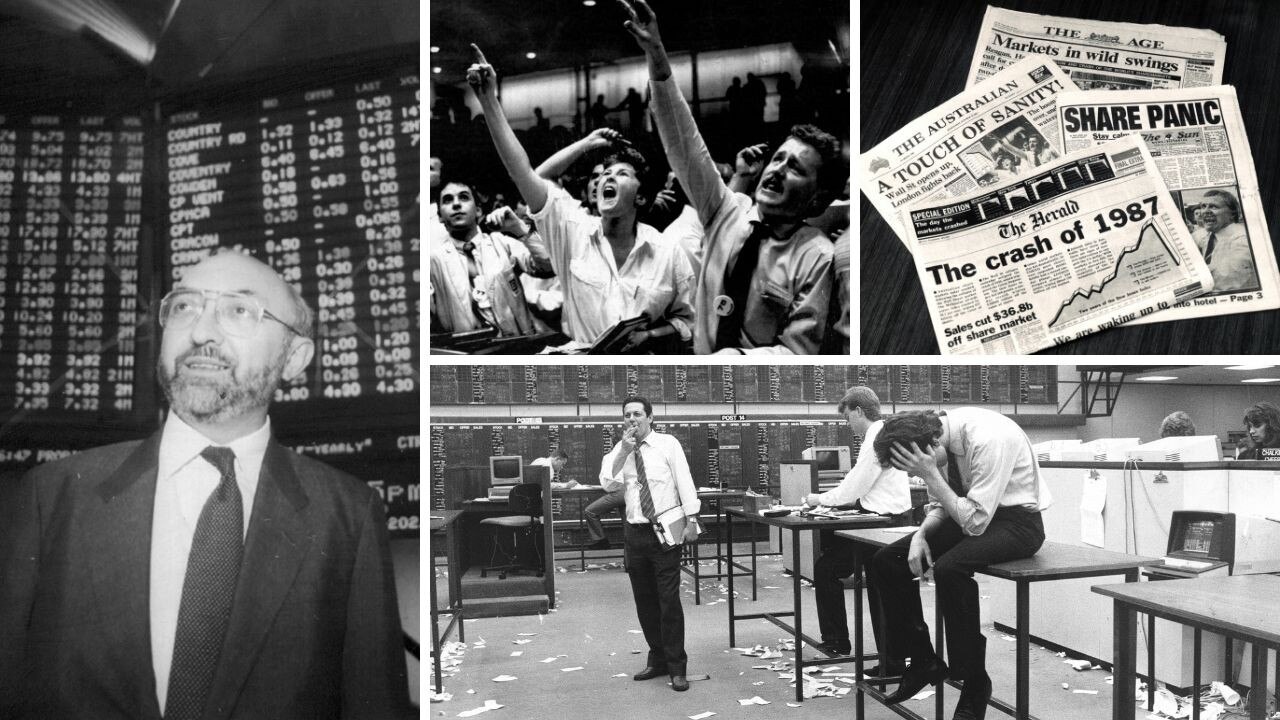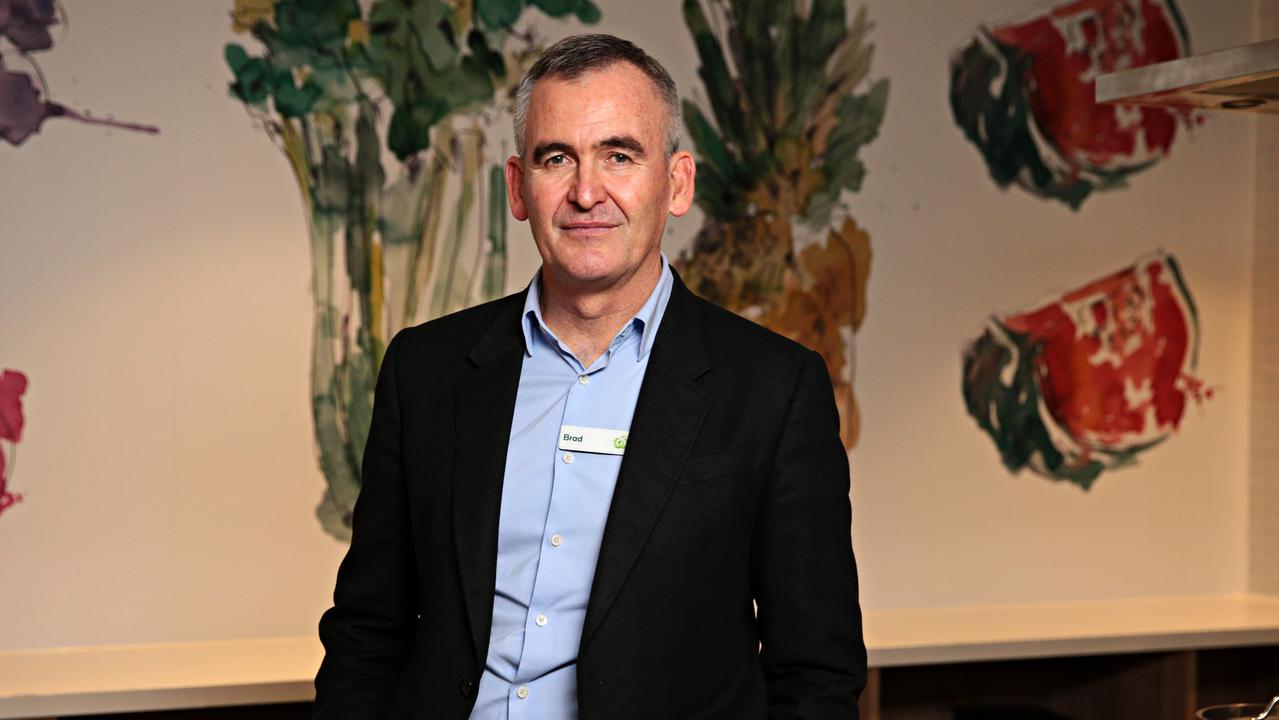Has Albanese government’s support for a 5.1pc pay rise lit the fuse to its demise?
Will the Albanese government’s support for a 5.1pc minimum wage rise come to be the signature policy exercise that combines with and unleashes forces which end up destroying it?

Terry McCrann
Don't miss out on the headlines from Terry McCrann. Followed categories will be added to My News.
Will the Albanese government’s support for a 5.1 per cent minimum wage rise come to be the signature policy exercise that combines with and unleashes forces which end up destroying it?
Like has happened with every other Labor government in the 77 years since the Second World War?
In the 1970s, it was the Whitlam Government’s shock – dashing and daring – 25 per cent across the board tariff cut.
This was aimed at fighting surging inflation, by slashing the prices of almost the entire array of consumer durables – fridges, TVs, washing machines, stoves and the rest – in a way not possible in today’s tariff-free all-imported reality.
It was bold. It was innovative. As a young commentator, I supported it.
But it turned into both an economic and political disaster – especially when joined with, so ominously, portentously, resonant of today’s 5.1 per cent – another Whitlam agenda.
This was the deliberate policy of having big public sector wage rises, literally to “set the pace” for wage rises across the economy, precisely like with the 5.1 per cent, to keep pace with inflation.
The tariff cut did zero in taming inflation – which through the mid-1970s was running at 14-16 per cent a year.
Joined with the big pay rises, businesses and jobs in manufacturing and across the economy were destroyed.
This joined with a whole range of other forces, which were so destabilising to both the economy and the government.
Back then the world was smack in the middle of the first oil shock. Back then, the Coalition had far, far more powerful supporters in business.
Then in the 1980s came the 18 per cent Reserve Bank interest rate which sent home loans rates to 17 per cent. Try putting that in your loan repayments calculator.
The savage rate increases weren’t only supported by then treasurer Paul Keating; he actually urged the RBA on – and sent the economy plunging into a real recession, which dwarfed anything we’ve seen over the past two years.
The by-then Keating-led Labor government should have lost the 1993 election. It was saved by a totally inept opposition leader named John Hewson and his infamous GST cake.
But as the consequences of those high rates ground on, the reckoning was only postponed, until 1996 and someone named John Howard.
In the Rudd-Gillard years, the signature policy move was – well, there were probably two: the boats and the carbon tax, along with the budget deficits after Peter Costello’s unending surpluses and even more potently, his yearly tax cuts.
Tony Abbott promised to axe the tax and stop the boats. He won the election and did both. Missing him, yet?
You can argue over the appropriateness of the policy decisions, whether they got ambushed by circumstances outside their control, or just the reality of ‘unintended consequences’.
But all that is subsumed by the ‘only poll that matters’ – as so many prime ministers in trouble have intoned over the years. The one on election day.
So why am I suggesting that the support for the 5.1 per cent might be this government’s ultimate Achilles Heel?
Surely it’s a classic, even obligatory Labor policy? Having the lowest-paid at least keeping up with inflation?
Won’t it actually be helpful for the economy? Can’t it be limited, as the government wants?
Ah, that’s the problem. It can’t be and it won’t be. The government is directly replaying the Whitlam pace-setting reality. In the 1970s it was public servants; today it’s the low-paid. I have to add, it’s pretty obvious which were/are more deserving.
It is also doing so, precisely into a world – that I suggest you can pretty obviously see – that is ‘right on the edge’ in so many ways and across so many fronts.
Energy prices – all of them: gas, petrol and electricity – are rocketing, and are not going back to 2018 levels anytime soon if indeed ever. Indeed, price is bad enough, we may actually be heading into rationing.
We’re still grappling with the Covid legacy.
What it’s done directly to our economy and our lives; plus all the supply-chain issues; a China which is not the benign China pumping cheap product into the world of the pre-Covid years.
The war against Ukraine has already unleashed a global food crisis; and again it’s only going to get worse. The high prices our farmers will get will be only a small offset.
Then there’s the way that we have built the entire world economy on this great bubble of zero interest rates and multi-trillion dollar money printing.
We are going to see the RBA raise its rate – it has to raise by at least 0.4 per cent – on Tuesday, with more to come.
The support for the 5.1 per cent could turn out to be the tiny spark that lights the fuse to the great explosion.
Originally published as Has Albanese government’s support for a 5.1pc pay rise lit the fuse to its demise?



